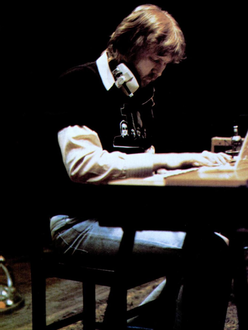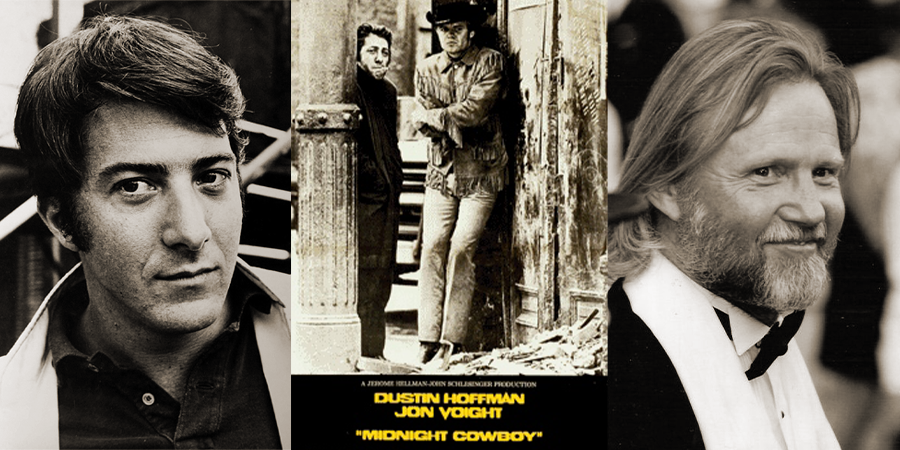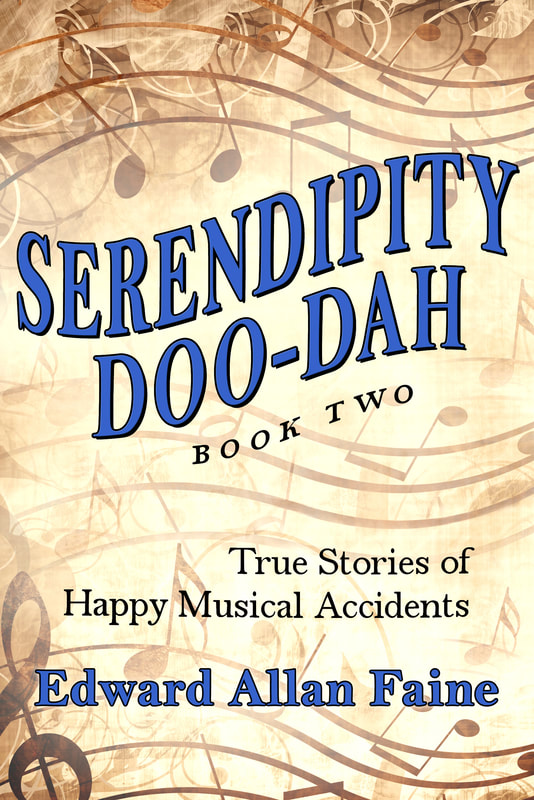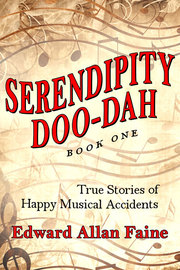James S. Hirsch opened his Washington Post review of Glenn Frankel’s book Shooting Midnight Cowboy[1] with the following:
The director [John Schlesinger] was an insecure taskmaster whose most recent movie had bombed. The producer [Jerome Hellmann] was a lifelong depressive whose last film had also flopped. The screenwriter [Waldo Salt] was a self-destructive alcoholic, the two lead actors [Jon Voight and Dustin Hoffman] relatively untested newcomers. Collectively, they were making a movie based on a bleak novel that had sold poorly and was ignored by critics. That was the most improbable genesis of Midnight Cowboy, the 1969 classic of two outcasts who find heartbreak and hope in the kaleidoscope jungle of New York City. [Improbably,] the film would win the Academy Award for Best Picture and the adoration of legions of fans.[2]
Director Schlesinger liked to edit his film dailies to music. From a pile of new albums, he selected Aerial Ballet by obscure LA singer-songwriter Harry Nilsson. One song, “Everybody’s Talkin’,” caught Schlesinger’s ear. An ideal track, he thought, to guide and pace his edits.
 Harry Nilsson in 1974. Credit: Wikipedia
Harry Nilsson in 1974. Credit: Wikipedia
Turns out, more often than not, the last-recorded track is usually the album’s biggest hit. Think not? Check out these chart-topping caboose hits:
Coleman Hawkins “Body and Soul”
Frank Sinatra “I’ve Got You Under My Skin”
Deep Purple “Smoke on the Water”
Jerome Kern “Smoke Gets In Your Eyes”
Booker T. and the M. G. “Green Onions”
Rupert Homes “The Pina Colada Song”
John Lee Hooker “Boogie Chillun”
Bill Haley and the Comets “Rock Around the Clock”
Emerson, Lake, and Palmer “Lucky Man”
In the fall of 1969, “Talkin’” came to Nilsson’s attention from his recording producer at RCA, Rick Jarrard, who had heard it on his car radio while driving to the studio. Rick quickly purchased the Fred Neil album and played it for Harry, who gave it a thumbs-down; he wasn’t about to add someone else’s work to his Aerial Ballet album. Jarrard doubled down and argued vigorously for its inclusion. Harry finally capitulated, as a favor to his record producer.[4]
As a matter of interest, “Talkin’” was not the first song heard on the radio by a producer that eventually worked its way into a film and subsequent widespread fame. Say hello to “What a Wonderful World” and “Unchained Melody.”[5]
Moreover, talk about serendipity or synchronicity—this very same record producer, Rick Jarrard, working with Jefferson Airplane on their Surrealistic Pillow album, convinced reluctant guitarist Jorma Kaukonen to include his finger-picking acoustic solo “Embryonic Journey” on Airplane’s psychedelic-rock Surrealistic Pillow album. Jorma’s folky “Journey” would be as much a fan favorite as the group’s well-known surreal hits “Someone to Love” and “White Rabbit.”
“Talkin’” was not a shoe-in to be the picture’s theme song, despite Schlesinger’s intentions. Top-flight artists—Joni Mitchell, Leonard Cohen, Donavan, Bob Dylan—had submitted songs for consideration. Schlesinger stuck by his daily editing song. United Artist objected. They wanted an original song, one they could own and copyright, release as a single, and on the film soundtrack album. Harry Nilsson wanted UA to use a song of his, not one by Fred Neil! Still, the director tenaciously clung to his choice as the main theme and introduction to the film.
As for United Artists, the matter was finally resolved when producer Hellman and Director Schlesinger showed the nearly finished film to UA executives. Hearing the music as an integral part of the movie did the trick. Ownership rights be damned, what’s perfect is perfect.[6]
As for the question asked at the outset, “Talkin’” is indeed a happy musical accident, despite director Schlesinger’s unwavering devotion to the rightness of his choice, fighting off all attempts to replace it with something else.
The song came to him in an accidental fashion. An aide brought him a stack of new albums for him to use in his film-editing process. He selected Aerial Ballet at random and became enamored with its last track. He loved the sweetness of the melody and the wistful rebellious spirit of the lyrics that perfectly aligned with the Joe Buck character played by Jon Voight.
Imagine if he had selected any other 1967 release, like Sgt. Pepper’s Lonely Hearts Club Band or the Monkees' Headquarters or the Grateful Dead or the Moody Blues or Procol Harum or the Who?
Hard to imagine anything better than Aerial Ballet’s last track. When contemplating this, keep in mind that in 2004, “Everybody’s Talkin’” was listed number 20 in AFI’s top 100 movie songs of all time!
- Glenn Frankel, Shooting Midnight Cowboy: Art, Sex, Loneliness, Liberation, and the Making of a Dark Classic (New York: Farrar, Strauss and Giroux, 2021).
- James S. Hirsch, “‘Midnight Cowboy’ Was a Masterpiece Made of Desperation,” Washington Post, Sunday, April 4, 2021.
- Frankel, Shooting Midnight Cowboy, 246–48.
- Frankel, Shooting Midnight Cowboy, 249.
- Edward Allan Faine, Serendipity Doo-Dah: True Stories of Happy Musical Accidents, Book One (Takoma Park, MD: IM Press, 2017), 107; Ray Padgett, Cover Me: The Stories Behind the Greatest Songs of All Time (New York: Sterling, 2007), 42–43.
- Frankel, Shooting Midnight Cowboy, 250–51.




 RSS Feed
RSS Feed